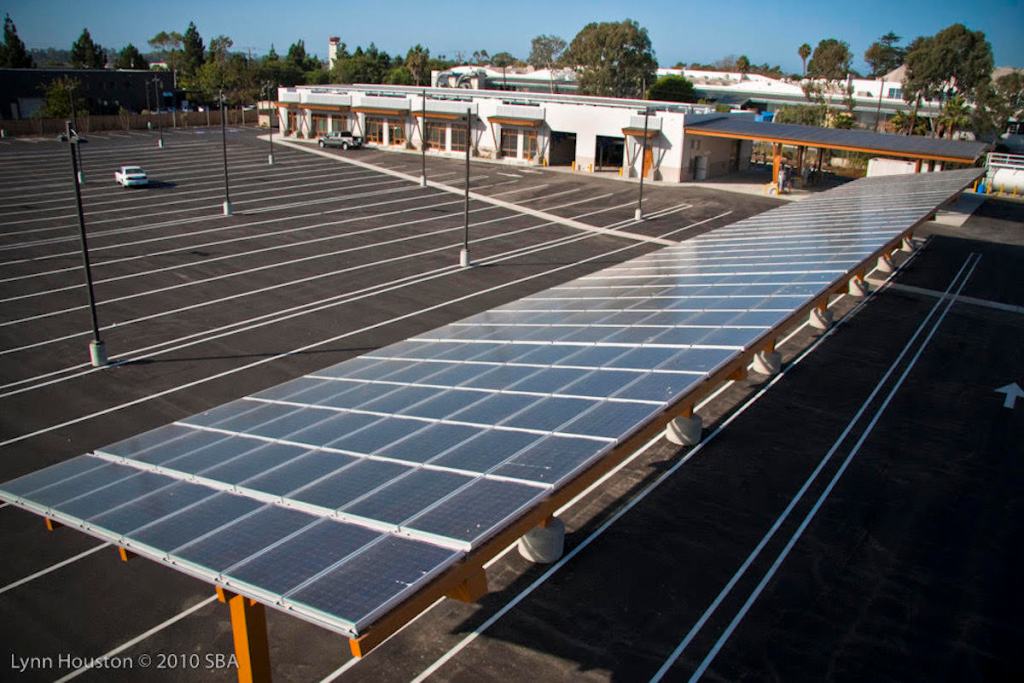Santa Barbara County launched its Climate Resilient SBC campaign last week to provide actions — of varying time commitments, upfront costs, and annual savings — community members can take against climate change.
From oil spills to rampant wildfires accompanied by catastrophic mudslides to this year’s historic rainfall, Santa Barbara is no stranger to the threats posed by the declining health of our planet. Yet, many climate-conscious community members lack the time and resources to do the research necessary to find solutions they can incorporate in their everyday life.
“Before, there wasn’t a real call to action or framework to activate community members to take action against climate change,” said Ashley Watkins, co-division chief of sustainability for the county. “When you look at climate change, it touches almost every aspect of our life — it can feel so overwhelming, and complicated.”
On the Climate Resilient SBC website, users can select from various environmental concerns, such as diet, transportation, or energy, to peruse actions to address that particular concern. Actions can also be filtered to display renter-friendly actions only.
Actions range from small lifestyle changes such as recycling, taking shorter showers, or closing your curtains at night for heat retention to large investments such as installing a heat pump, insulating your home, or installing graywater systems that divert waste water from laundry to your garden.
For each action, users are awarded “impact points” to track their progress. Depending on the action, these points can be equivalent to anything from carbon reduced, gallons of water saved, or environmental “brownie points.”
Don’t know where to begin? The site provides seven actions they recommend taking to get started. The cheapest action with the lowest time commitment is to read an overview of popular climate solutions, which contains information on each topic regarding at-home actions, impact on the planet, and associated costs and savings.
The overview heralds transitioning to renewable energy as “the most important step in addressing climate change.” Switching to renewable energy alone can result in up to a 20 percent reduction in a household’s environmental impact. Two actions users can take to make the switch include choosing green electricity or installing solar panels.
Choosing green electricity is listed as a renter-friendly action with no upfront cost but also no long-term savings. Installing solar panels on your home, on the other hand, will result in an annual savings of nearly $1,700, but is ranked as “challenging” and among the most expensive actions the site offers.
However, as a homeowner in Santa Barbara County, solar installation could be the cheapest, easiest action you can take through the Santa Barbara Home Power Program. As a collaboration between the City of Santa Barbara and Electriq, a solar battery manufacturer, the program offers free at-home solar installations and maintenance.
“The benefit to our community is really the energy assurance, and keeping the lights on during power outages,” said Alelia Parenteau, sustainability and resilience director for the county. “This is a great way for us to localize our electric grids, without relying on Edison.”
While the solar panels, battery, installation, and maintenance are free, customers pay 24 cents per kWh for the energy generated the first year. That increases 2.9 percent annually over the life of the power purchase agreement, which is usually 20-25 years. The S.B. Home Power Program FAQs state both cost and increase are less than what Edison and PG&E charge.
However, as per the power purchase agreement, participants of the program must pay for all the energy generated by their at-home system and will receive an annual credit from Edison for energy not used at the end of the year.
Since its creation in October last year, the program has permitted 13 projects. Those interested in the program can fill out the form on sbhomepower.com. Electriq will then conduct a free consultation to assess your roof and electrical wiring. Once approved, installation can take anywhere from a few weeks to two months to begin.

